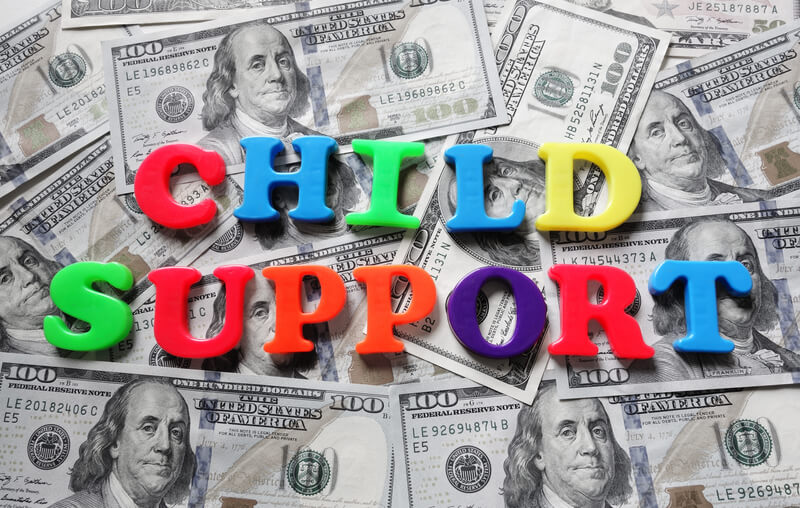The financial security of a child can change significantly when parents part ways. As a result, this situation begs the question: how does custody affect child support payments?
The legal processes surrounding these issues can be complex. Understanding them could aid in planning better for your child’s future. Read this article to be better equipped to navigate the future with confidence and ease.
Understanding Child Custody
Child custody refers to the rights and responsibilities toward your child after a separation or divorce. Understanding the various types is paramount to have a comprehensive understanding of this topic:
- Sole Custody: This order gives one parent exclusive legal and physical control. The custodial parent has sole authority to make critical decisions about the child’s upbringing.
- Joint Custody: This arrangement allows parents to share their responsibilities and rights toward the child.
- Legal Custody: Legal custody grants a parent or both parents the right to make significant decisions about the child’s life. For example, they control their education, medical care, religion, and daily activities. It can be sole or joint.
- Physical Custody: This type of custody determines with whom the child will live. A parent with physical custody has the right to have the child physically present with them. Like legal custody, physical custody can be sole or joint.
The court will usually respect the decision if parents mutually agree on an arrangement. Otherwise, a court hearing or trial will make the final determination. Professional evaluations from psychologists, social workers, or family counselors may also play a role.
Understanding Child Support
Child support is the financial contribution from one parent to the other for raising the child. Typically, the noncustodial parent has this obligation to the custodial parent. The purpose is to ensure that the child’s living standards are not adversely affected.
Determining the amount of child support is usually a complex process that depends on multiple factors. There are several common elements, regardless of jurisdictional differences:
- Income of Parents: The more the noncustodial parent earns, the higher the payments.
- Number of Children: The number of children requiring support plays a significant role in determining the amount. Generally, the more children there are, the higher the total child support payment.
- Time Spent with the Child: If the noncustodial parent spends significant time with the child, the court may reduce the child support amount.
- Special Needs: If the child has special needs, the costs associated with the care, education, and medical treatment can result in higher child support payments.
- Educational Expenses: Some jurisdictions consider educational expenses, especially if your child goes to a private school or college.
- Healthcare and Insurance: The cost of healthcare and insurance gets factored into the calculation.
How Custody Affects Child Support Payments
The noncustodial parent can expect to make payments to their former partner if they have sole custody. The courts justify this arrangement because they bear most of the day-to-day expenses. After all, they handle providing a home, meals, clothing, and other necessities.
The time spent with a child is arguably the most crucial factor for joint custody. The higher-earning parent can expect to pay more when they share relatively equal time. However, these circumstances have more impact on decision-making authority than support payments.
The most significant impacts often happen when there is a change in custody arrangements. For example, if joint physical custody changes to sole physical custody, child support payments may increase. Similarly, the court order may decrease if the noncustodial parent gains more physical custody time.
Special Circumstances
Child support calculations get complex where custody and parenting time are equal. Keep in mind, there could be steep penalties for missing a child support payment. The law recognizes that both parents provide for the child’s needs directly. Consequently, the judiciary often takes both parents’ incomes into account. The parent who earns more may still have to pay the other parent. But the purpose is to ensure that the child’s lifestyle doesn’t vary drastically.
The calculation of child support can pose unique challenges for high-income families. Still, balancing the financial hardship can be difficult. Many states have child support guidelines that cap the amount of child support. However, in high-income cases, courts may exceed these guidelines.
Low-income families present another distinct set of considerations. The courts must balance adequate support and the ability to pay. In these circumstances, minimum child support guidelines come into play. Governmental support or resources may help bridge the gap, but the outcome depends on the jurisdiction.
Talk to a Local Attorney Today
It is natural to feel overwhelmed by what will happen with your child support payments. The multifaceted legal issues mean it is vital to understand your rights.
However, remember that each case has unique circumstances. This article only serves as a general guide. Real-life situations often require personalized advice tailored to your specific situation.
Connect with a local family law attorney who handles child custody matters. Their expertise could make a significant difference in securing the best possible result for you and your child. You only have to complete a quick form or call (866) 345-6784 for a referral.

